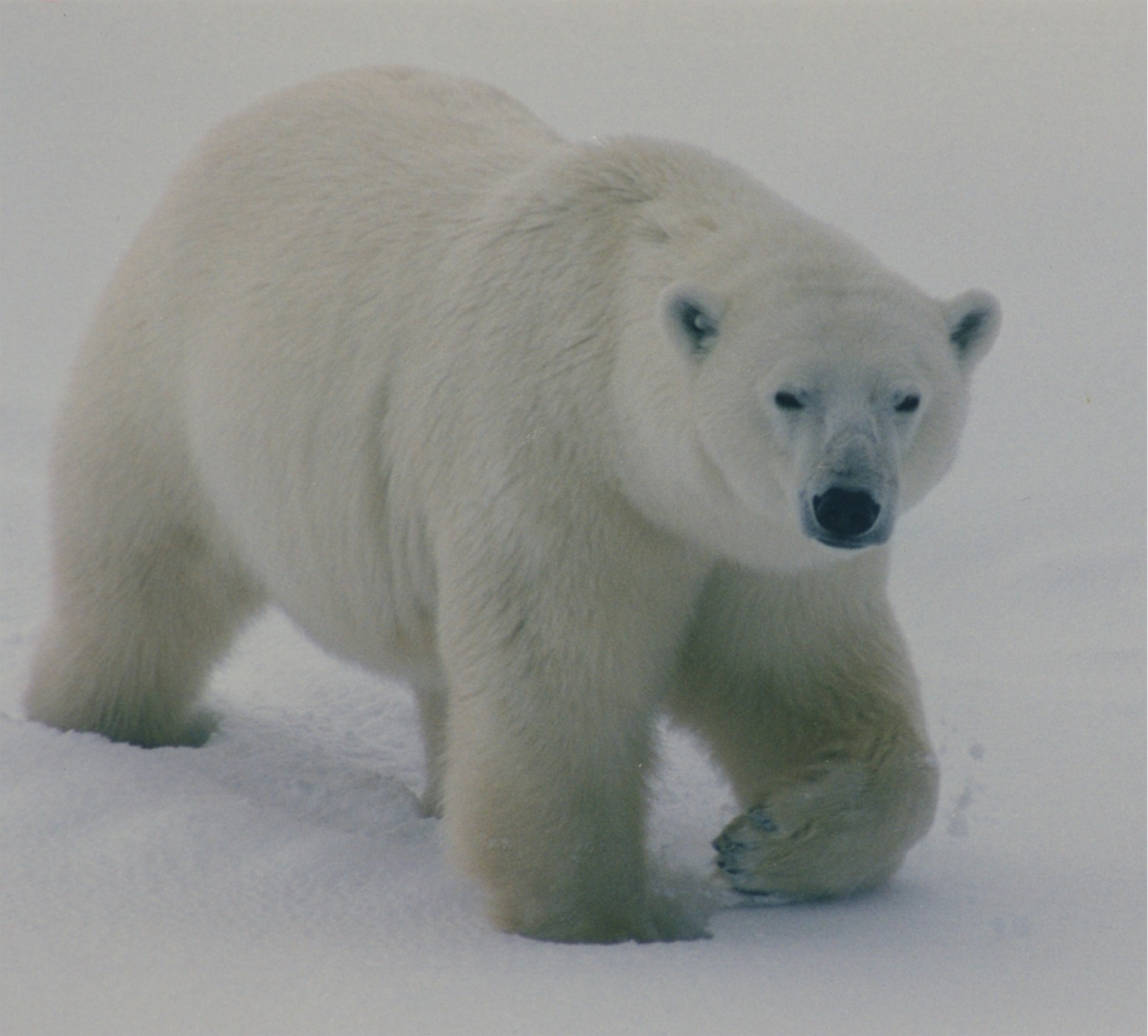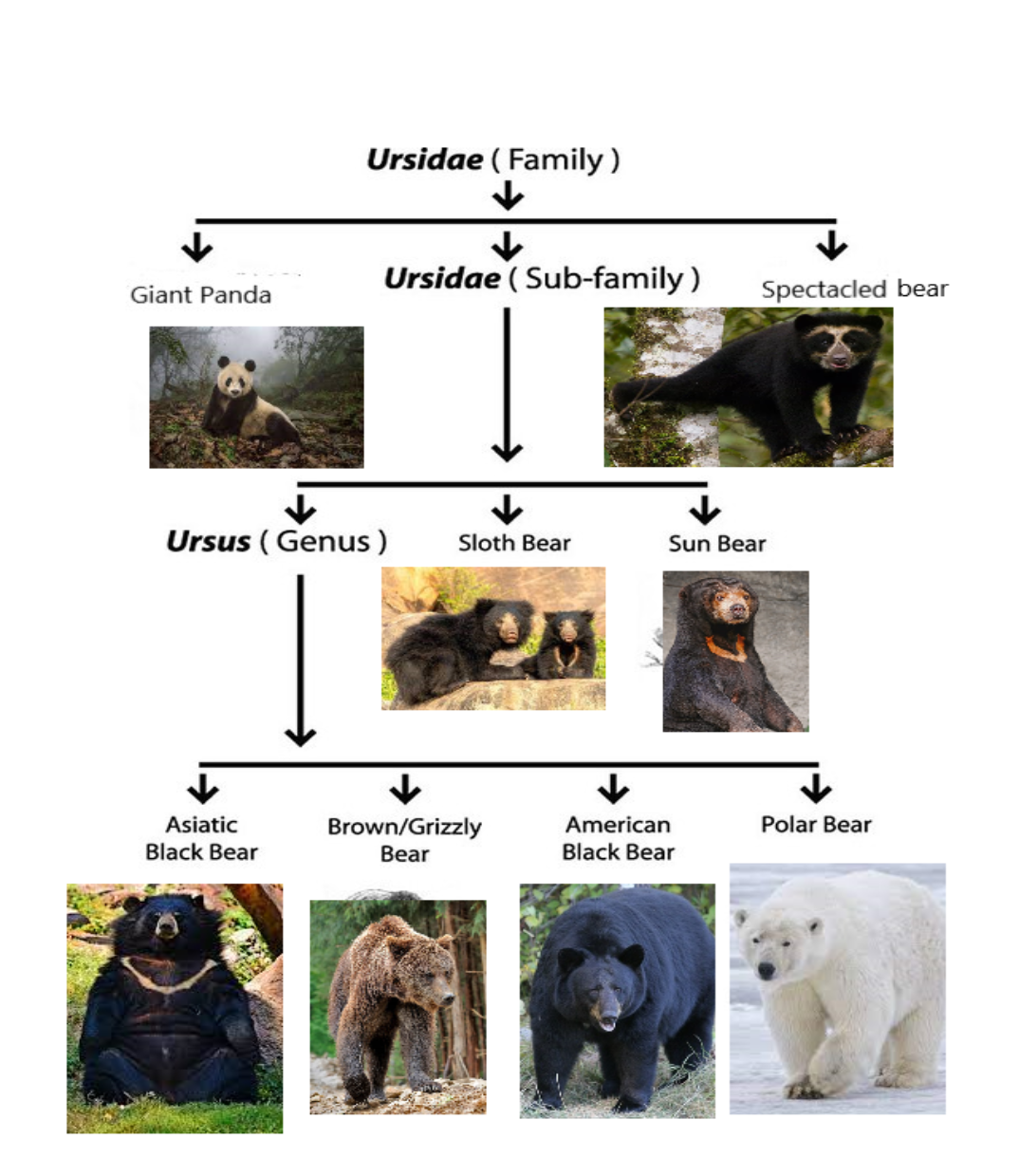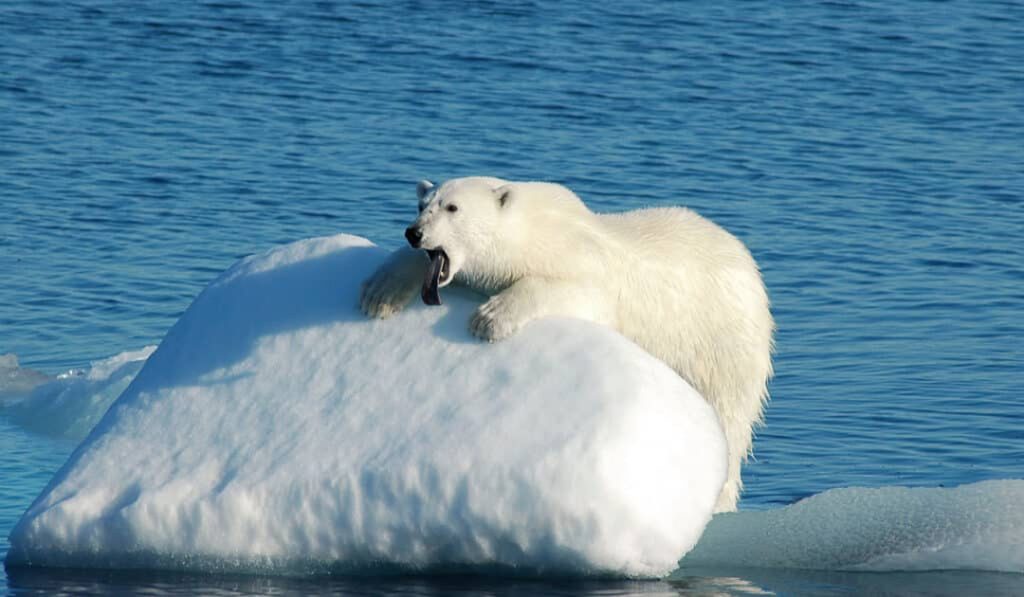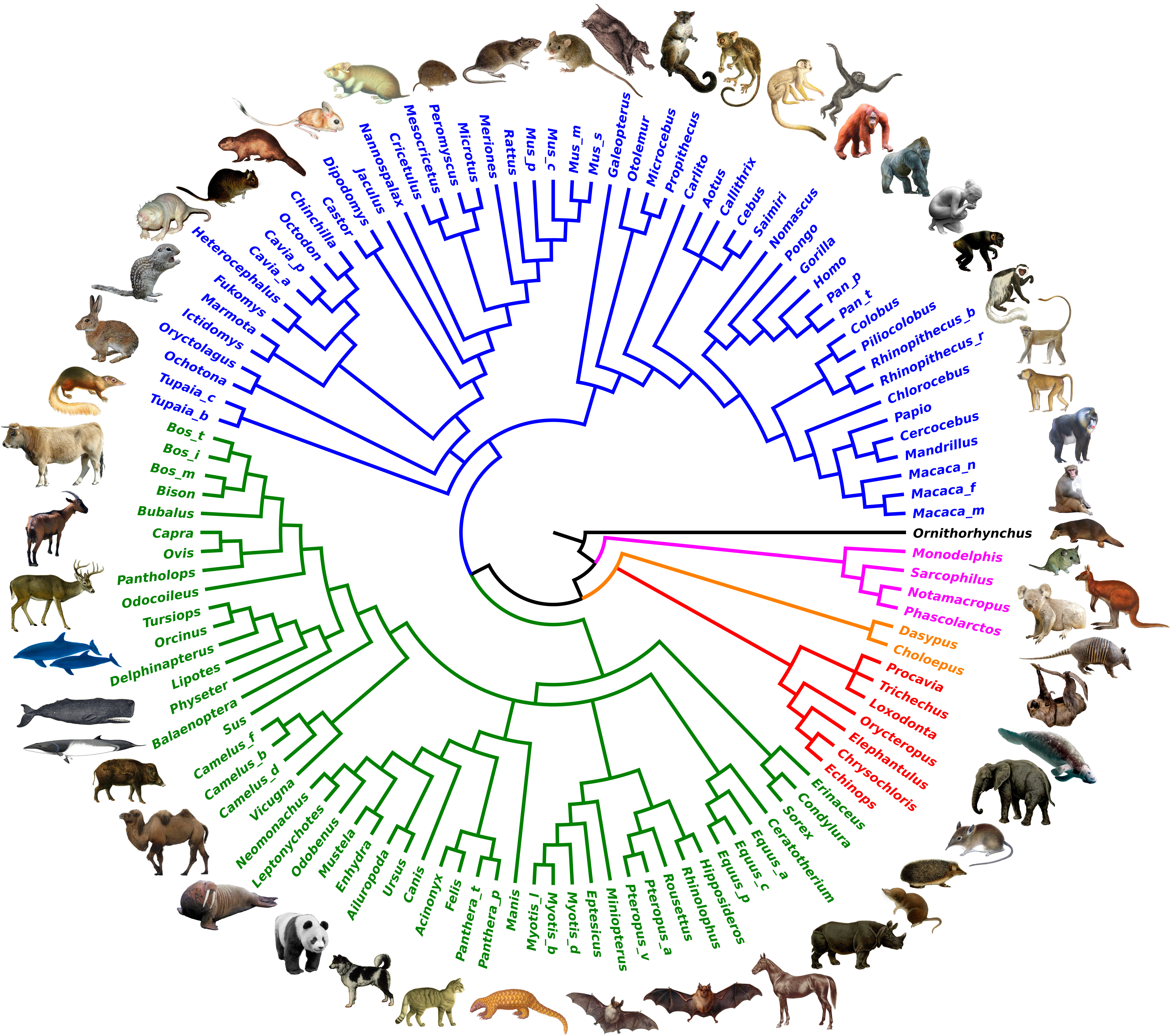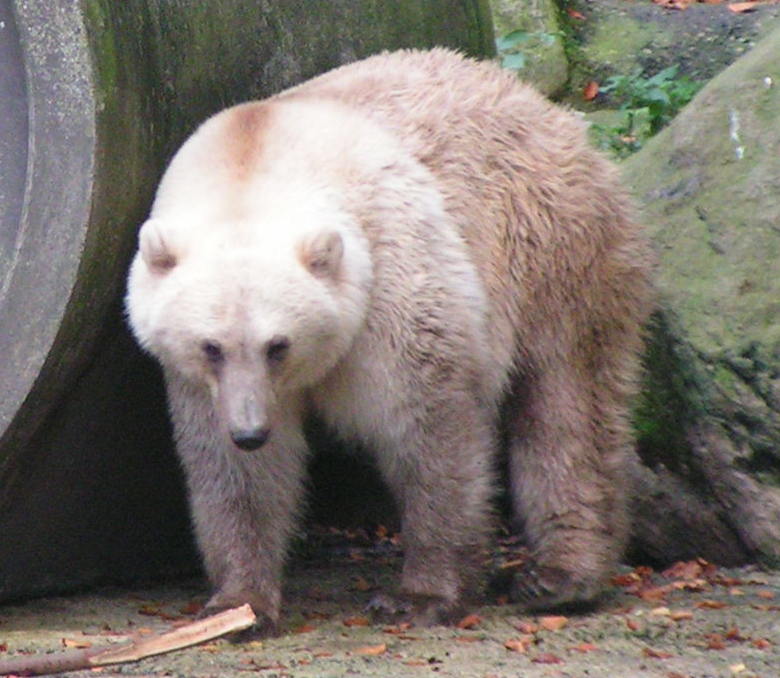
I wrote, yesterday about the fears for the future of the polar bear species, and the problems that global warming are causing. Today, I am writing about another news subject from a few months ago – that of hybrids between brown bears and the polar bears.
Polar bears as a species, are only though to be between 150,000 and 1.7million years old, with most putting their estimate at around 600,000 years. This is very young for a species, and they descend from brown bears, with a 2011 study finding that female polar bear DNA seems to originate from a group of brown bears living in Ireland during the last ice age when vast ice sheets stretched from there to the north pole, and allowed polar bears to truly wander far and wide.
Pizzly’s and Growler bears, while found in nature on rare occasions, would have naturally been so rare as to be insignificant. It is only human caused global warming which has forced these animals together – and regular meetings in the natural world, of closely related species, usually ends up with offspring.
These hybrids (male polar bear and female grizzly ends with a Pizzly bear, while a female polar bear and a male grizzly ends with a Growler bear) are likely to become more common. Polar bears will increasingly have to head south, to be able to survive, and Grizzly bears will increasingly head north for cooler environments, bringing them into contact more and more often.


